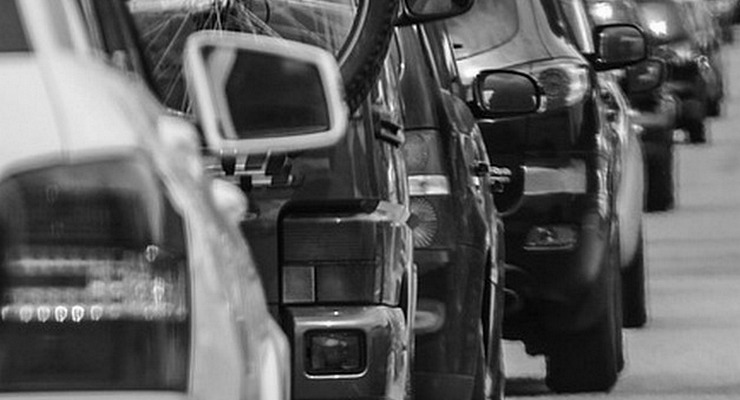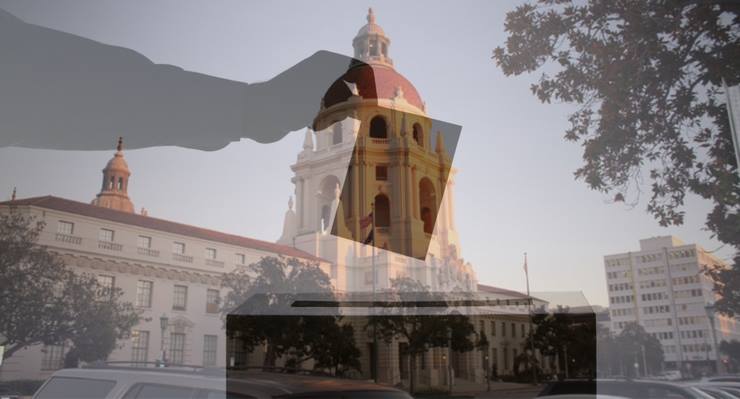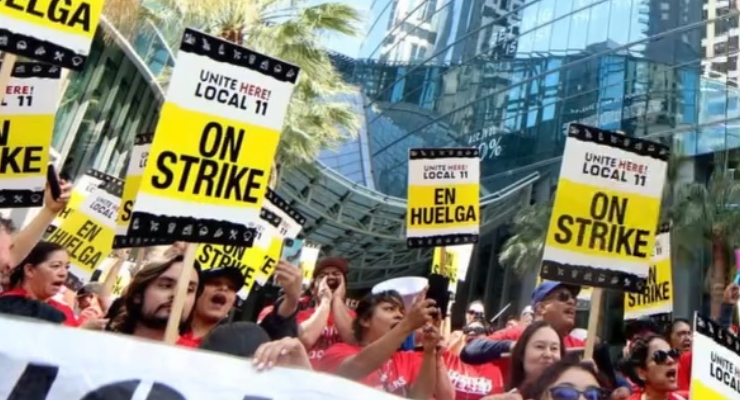
The coronavirus pandemic has become a medical and economic nightmare for our country. In Pasadena, schools and businesses are shuttered as people practice social distancing, and our streets have been very quiet as many of us now work from home. It’s a whole new world out there, but in some ways it’s also reminding me of how Pasadena used to be. Streets that were once filled with cars, congestion, and frustrated drivers have transformed into peaceful streets with birds singing and kids riding their bikes without parents worrying about which streets they use. While the reasons for this drastic reduction in traffic are nothing to celebrate, it has been nice to be able to walk and bike our streets without fears of accidents or racing cars.
Seeing these changes in our city and on our streets has left me thinking that it’s time to reconsider our current strategy for growth in Pasadena. There has been a 55% reduction in traffic collisions on state highways since stay-at-home orders were enacted, and our air quality is visibly better—we’ve all enjoyed the blue skies and views for miles. How can we maintain even a portion of the peace and calm we are currently experiencing once we’re allowed to resume our usual schedules? Could some version of our current situation be a permanent reality for Pasadena residents?
Now is the time to take a hard look at the way Pasadena reviews and approves new developments. Considering the devastating news coming out of New York, Chicago, Detroit, and other Covid-19 hot-spots, it’s clear that population density is not a friend to healthy neighborhoods. Even Joel Kotkin, Presidential Fellow in Urban Futures at Chapman University and Executive Director for Urban Reform Institute, recently said, “This crisis is the right moment for the world to reconsider the conventional wisdom that denser cities are better cities.” If Pasadena’s leadership would reconsider allowing so many high-density developments to be built, and if they would evaluate traffic flow at our intersections more seriously, I think we could have a chance to accommodate growth without sacrificing quality of life or public health and safety.
One of the many factors under consideration when the city decides to green-light a new development is the impact the project will have on nearby roads. One of the metrics used for this is called Level of Service (LOS). LOS grades are measured using sophisticated software from traffic counts taken in the field, and they represent the amount of congestion based on how long traffic is delayed. The final results are presented in a way that will look very familiar to most of us: a grading scale from A – F. If the average delay at a given intersection is less than 10 seconds, LOS A conditions exist. If drivers experience a delay of 80+ seconds, LOS F conditions exist.
LOS F creates long lines of congestion complete with idling cars, frustrated drivers, honking, risky u-turns, and aggressive last-minute merges. Areas suffering from LOS F conditions are loud, dangerous, and jammed up. Do you believe an F grade for our city intersections is acceptable? How many F grades should we tolerate?
Many intersections clearly deserve an F now, but the City of Pasadena uses incorrect modeling to claim higher grades, making it easier to avoid costly traffic mitigation efforts when approving high-density developments. The City of Pasadena doesn’t want to see LOS-F grades, but our leaders don’t seem to mind living with them. Make no mistake: with all of the new developments our city has approved, Pasadena is on a trajectory that will make LOS-F grades normal in almost every intersection in the Central District.
For example, on February 11, the Design Commission approved a 41,000 sq ft medical office building at 650 South Raymond that will generate an estimated 845 new daily vehicle trips on surrounding streets. The Design Commission concluded the project was exempt from CEQA even though the project will cause two movements of Arroyo Parkway and Glenarm to fail in LOS. In the peak morning hour, the northbound turn lane goes from a D to an F. In the peak evening hour, the northbound turn lane goes from an E to an F.
Even worse, this intersection already had two failing turns before this project was approved, but because the Pasadena Department of Transportation averages total movements to create one LOS letter grade, the staff report doesn’t reflect these failures. The wait time to make a left turn onto the freeway in the afternoon and evening is nine minutes, yet the city will not mitigate this because the entire intersection is averaged to one letter grade: E. It defies logic.
Most cities try to mitigate worst-case-scenario traffic to help maintain quality of life for their residents, but for some reason Pasadena has chosen to hide the failures of our intersections by averaging LOS grades and using outdated traffic software. As traffic volumes increase in Pasadena, so does congestion, and so do accidents. This is a trend that has been on the rise for the past seven years as pointed out by Prism Engineering in a recent independent traffic study commissioned by concerned-citizen group Livable Pasadena (of which I’m an active member). The full report can be viewed here, but the main conclusions are as follows:
1. LOS in Pasadena is not being calculated correctly;
2. Instead of conducting traffic studies for each individual development, a proper Cumulative Traffic Analysis is needed to understand the full combined effects all of this new construction will have on our roads;
3. Vehicle Miles Traveled (VMT) is not an acceptable traffic-performance metric and has no relationship to or bearing on traffic operations, delay, or how well a signal works;
4. The city’s bus system is significantly underutilized on Route 20 along California Blvd. with an average ridership of just two people;
5. Transportation safety has been compromised as LOS is de-emphasized by the city, but fatal traffic accidents have continued to rise in Pasadena over the past seven years; and
6. Vision Zero (which is pushing for more bike lanes and larger pedestrian areas) is not achieving goals as intended.
Grant Johnson, principal and owner of Prism Engineering, recently said, “Considering that the number of people killed in auto accidents in California currently seem to outpace the deaths we have seen so far of the novel coronavirus, shouldn’t we also do what we can to prevent more fatal car accidents?” So far, there have been 1,175 deaths in California by the virus but yet 3,563 people died from traffic fatalities in California in 2018.
Prism Engineering has calculated that future development projects already in the works in the Central District will result in a 44% increase in traffic volumes on adjacent roads. In total, by adding these new projects, we could potentially have 16,730 new daily trips added to a road system within only one square mile (for reference, the city’s total area is about 23 square miles). Can Pasadena streets really accommodate or withstand this additional density?
Once these developments are approved and built, every intersection will be a failing intersection within the Central Business District. Our roads will be basically gridlocked, air pollution will return, and accidents will go back up. It is obvious to anyone who drives through our city that it frequently takes more than one traffic signal cycle to get through an intersection (a tell-tale sign of LOS F), that we already have overburdened streets, and that we do not need to invite additional traffic into our city and our lives.
If we want to preserve our quality of life, Pasadena’s inaccurate traffic analysis must be brought to current standards before leaders move forward with any more housing or commercial developments in existing urban neighborhoods. There are serious issues with the way the city evaluates projects, and residents deserve to know why the city continues to claim we have acceptable traffic while constantly courting developers and pushing for more density.
Forcing the experience of driving a car to become so dangerous, painful, or inefficient that walking becomes a better use of one’s time is simply not acceptable. Most families cannot meet their myriad responsibilities and commitments by walking, riding bikes, or taking a bus to each and every job, errand, extra-curricular activity, and social function. We need our roads to be safe and efficient to travel on—property owners pay for this vital resource with our property taxes.
In light of all we are learning now about the risks of high-density living, long-term exposure to poor air quality, and the relationship between traffic congestion and collisions, I believe the citizens of Pasadena should be alarmed by the city’s current plans for development. I urge you to take the time to ask hard questions about the true risks and benefits of our high-growth model.
Erika Foy is a Pasadena resident who is also a Vice President for Membership of the Madison Heights Neighborhood Association.














 0 comments
0 comments


